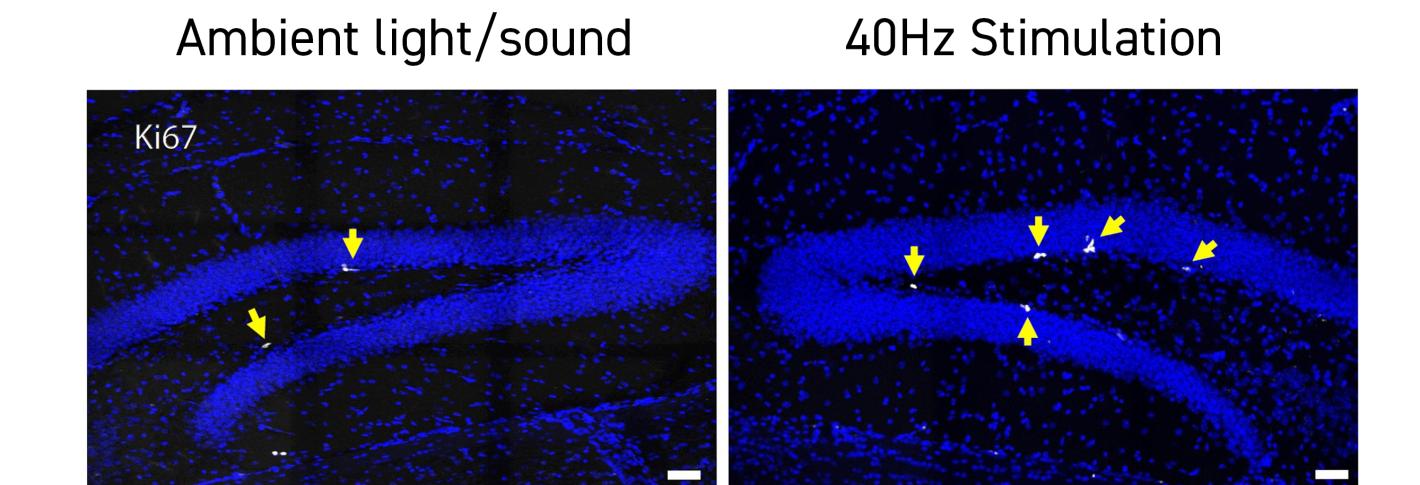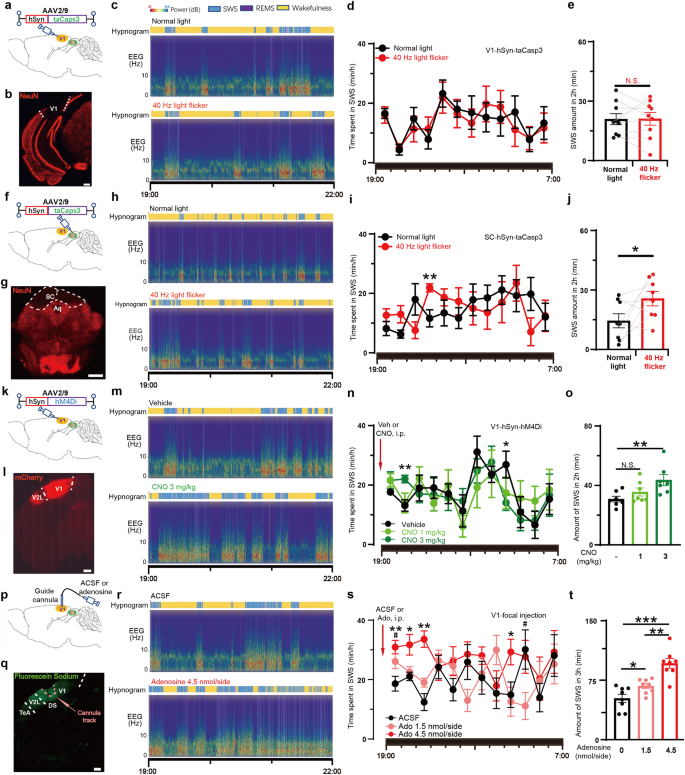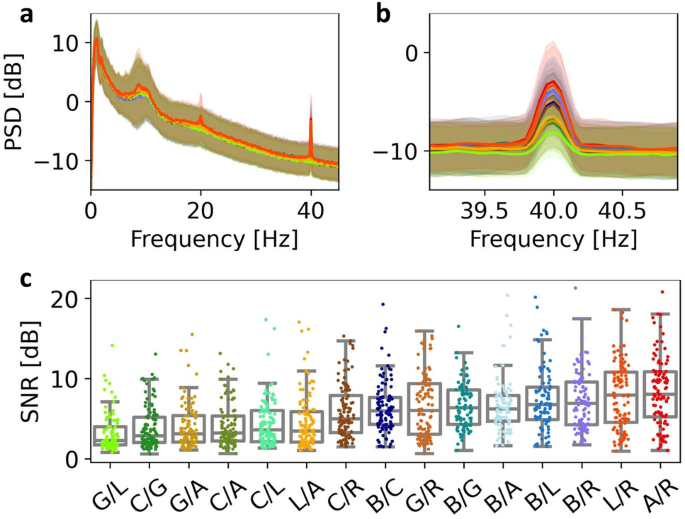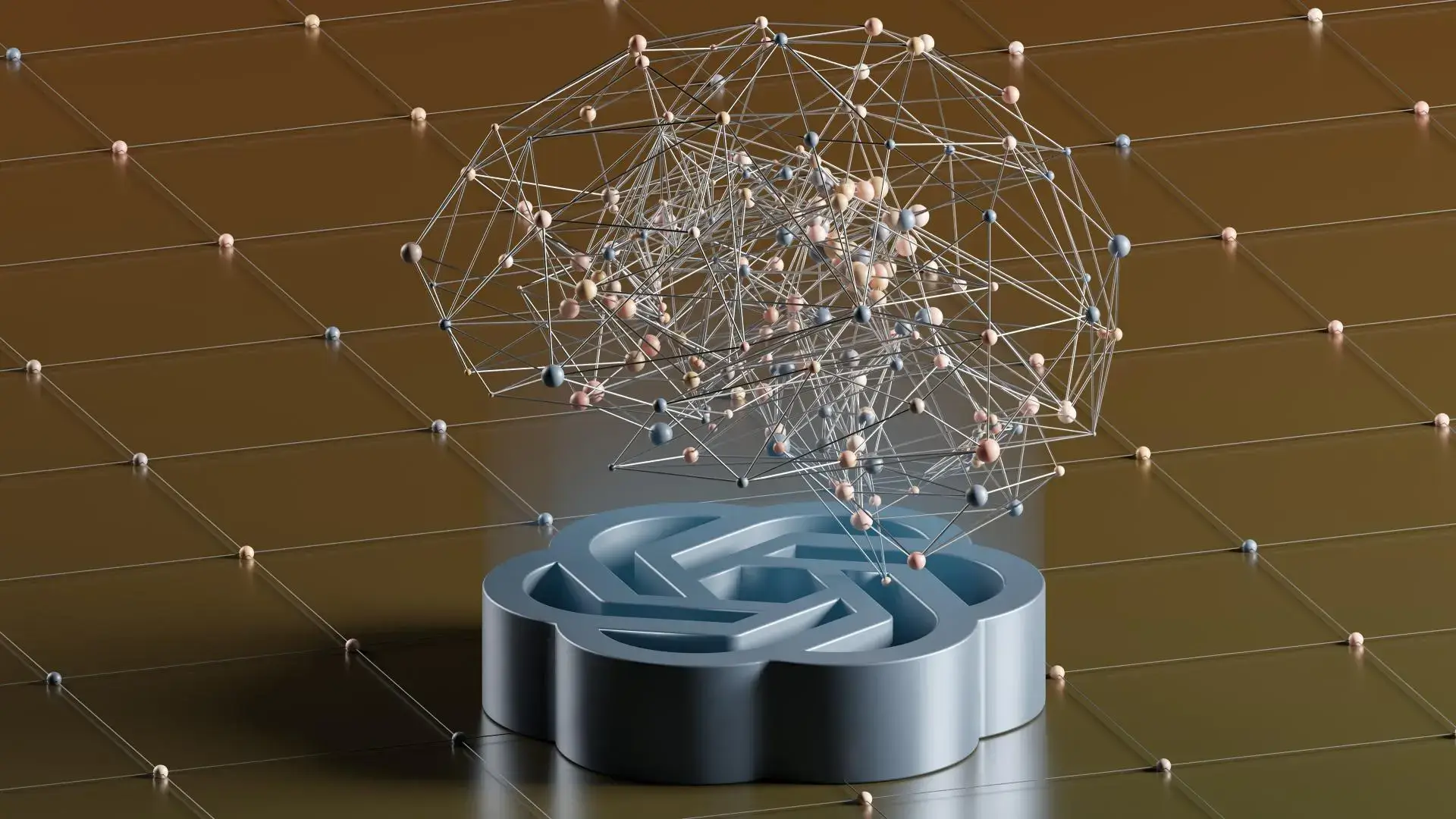40Hz Light Therapy: A Natural Way to Restore Your Circadian Rhythm
If your internal clock is out of sync, you’re not alone. Millions struggle with disrupted circadian rhythms due to stress, artificial light, jet lag, or neurological conditions. Enter 40Hz light therapy—a non-invasive, science-backed method that’s catching the attention of neuroscientists and sleep hackers alike. But what is it, really? And why is it showing so much promise for everything from insomnia to Alzheimer’s? Let’s unpack the science.

What Is 40Hz Light Therapy?
40Hz light therapy uses visual stimulation that flickers at a frequency of 40 times per second—right in the gamma brainwave range. This rhythm has been linked to cognitive functions like focus, memory, and emotional regulation. But what’s especially fascinating is how this precise flicker frequency can synchronize brain activity and even reset the body’s sleep-wake cycle.
- 40Hz = Gamma frequency, which promotes cognitive coherence
- Blue-light spectrum (~462.8 nm) = best for circadian influence
- Daily sessions (30–60 min) = most effective when done in the morning
“The potential of 40Hz stimulation to entrain gamma activity and modulate sleep architecture is a game changer for neurodegenerative and sleep disorders.”
— MIT Picower Institute for Learning and Memory
Unlike traditional light therapy that targets seasonal depression, 40Hz flicker actively entrains neural circuits, especially those connected to the **circadian pacemaker** in your brain—the suprachiasmatic nucleus (SCN).
How 40Hz Light Therapy Resets the Circadian Clock
Your circadian rhythm is orchestrated by a tightly wound genetic feedback loop, involving genes like BMAL1, CLOCK, and PER2. When those genes fall out of sync, so does everything else: melatonin production, sleep cycles, cognitive performance, and even your metabolism.

Preclinical studies using Alzheimer’s mouse models have shown that **40Hz light exposure** restores rhythmicity in these core clock genes. These effects were concentrated in the **SCN**—your body’s internal timekeeper—and led to a re-stabilization of the animals’ sleep/wake patterns.
In one 2023 study published in Cell Research, mice exposed to 40Hz light therapy showed:
- Normalization of BMAL1, CLOCK, and PER2 gene expression
- Improved sleep-wake cycles
- Reduced inflammation and better microglial regulation
In simple terms: **the brain’s biological rhythm was re-synced with light**—without drugs, without invasive procedures.
Benefits of 40Hz Light Therapy for Sleep Quality
The most immediate and measurable benefit of 40Hz light therapy? **Better sleep.**

Several small-scale human studies (and plenty of anecdotal biohacker reports) suggest that just 30–60 minutes of 40Hz light exposure each morning can lead to:
- **Fewer nighttime awakenings**
- **Deeper, more restorative sleep**
- **Less daytime fatigue and grogginess**
- **Better mood regulation and cognitive alertness**
For those suffering from insomnia or sleep disruption due to shift work, chronic stress, or age-related decline, **this is a major breakthrough**. Compared to pharmaceutical sleep aids, which often come with groggy mornings and long-term dependence, 40Hz light therapy offers a **natural, entraining reset**.
NeuroTechInsider.com has also explored devices like NeuroVIZR and Audicin, both of which utilize visual flicker or audio-visual entrainment technologies to support the brain’s natural cycles. While they vary in delivery methods, the underlying mechanism—entrainment—remains a shared strength.
Emerging Applications: Alzheimer’s, ADHD, and Mood Disorders

While sleep is the most obvious benefit, researchers are eyeing broader clinical applications. Early evidence suggests that 40Hz stimulation may:
- **Reduce beta-amyloid buildup** in Alzheimer’s patients
- **Enhance working memory** and attention span in ADHD
- **Stabilize mood** in seasonal affective disorder (SAD)
One company leading this research is OptoCeutics, whose light-delivery systems are engineered specifically for neurodegenerative disorders. In their 2024 feasibility trials, subjects with early-stage Alzheimer’s showed not just improved sleep—but modest cognitive gains as well.
Of course, we’re still in the early days. Larger randomized trials are ongoing to confirm the **long-term efficacy and safety** of daily 40Hz exposure.
Curious to see how 40Hz compares to other neurodevices? We’ve published in-depth comparisons of Sensate vs Apollo Neuro and NeuroVIZR vs Audicin for entrainment-based therapy and mood resilience. Give those a read if you’re shopping around for results-backed wearables.
Is 40Hz Light Therapy Safe?
Whenever brain stimulation is involved—even non-invasively—it’s natural to ask: Is it safe? The good news is, the answer is yes, for most people.
According to early human trials and safety reviews, 40Hz light therapy has been shown to be well tolerated, with only minor side effects reported. These usually include:
- Temporary eye strain
- Mild drowsiness post-session
- Rare instances of light sensitivity in migraine-prone individuals
No serious adverse events have been documented, even in elderly patients with cognitive decline. Still, we recommend talking to your doctor before starting any light-based therapy, especially if you have:
- A history of photosensitive epilepsy
- Migraines or light-triggered headaches
- Retinal or ocular sensitivity
“The brain is exquisitely sensitive to rhythm. By leveraging that sensitivity through light at a therapeutic frequency, we’re entering a new frontier of safe, passive neuroenhancement.”
— Dr. Li-Huei Tsai, Director, MIT Picower Institute
How to Use 40Hz Light Therapy Effectively
If you’re considering adding 40Hz stimulation to your daily routine, here’s what you need to know:
✅ When to Use It
- Best time: Morning sessions (30–60 minutes)
- Why? Morning exposure aligns with the natural rise of cortisol and circadian wake signals
- Evening use may disrupt sleep onset due to alerting effects
✅ Where to Start
There are several consumer-friendly devices that offer 40Hz flicker, including:
- OptoCeutics’ SpectraStrobe – professional-grade medical device
- NeuroVIZR – wearable neuro-light headset with gamma entrainment modes
- Audicin – combines auditory and light entrainment with app-guided sessions
Each platform varies in delivery method—some use visible flicker, others use “spectral flicker” invisible to the naked eye but still registered by the brain. Your choice depends on sensitivity and desired experience.
What Makes 40Hz Light Therapy Different?
Let’s compare 40Hz light therapy to other wellness modalities available today:
| Modality | Mechanism | Target Use | Side Effects |
|---|---|---|---|
| 40Hz Light Therapy | Gamma entrainment via flicker | Sleep, circadian rhythm, Alzheimer’s | Mild drowsiness, light sensitivity |
| Apollo Neuro | Vibratory vagus nerve stimulation | Anxiety, stress, focus | Minimal, tingling sensation |
| Sensate | Bone-conducted vagus tone feedback | Relaxation, parasympathetic balance | Ticklish sensation, some chest vibration |
| CES Devices | Cranial electrostimulation | Insomnia, depression, pain | Tingling, metallic taste, rare headaches |
What sets 40Hz therapy apart is its dual action on both sleep architecture and neurological rhythms. You’re not just calming your body—you’re entraining your brain.
FAQs: Everything You’re Wondering, Answered
Does 40Hz light therapy really work?
Yes—early research supports its use for improving circadian alignment, reducing sleep fragmentation, and possibly clearing beta-amyloid buildup in Alzheimer’s patients. It’s still being studied, but the results are promising.
Can I use 40Hz light therapy for insomnia?
Yes. Morning use can help reset your circadian rhythm and reduce nighttime awakenings. It’s especially effective when combined with good sleep hygiene.
How long before I see results?
Many users report changes in 1–2 weeks, though clinical improvements are usually measured after 4+ weeks of consistent use.
Is the flicker visible? Will it cause eye strain?
Some devices use visible flicker, others use hidden flicker through rapid spectral shifts. If you’re light-sensitive, look for “invisible gamma flicker” technologies or consult your doctor.
Final Thoughts: Is 40Hz Light Therapy Worth Trying?
If you’re looking for a natural, low-risk solution to recalibrate your sleep and circadian rhythm, 40Hz light therapy may be exactly what your brain needs. It taps into your body’s innate timing system using nothing more than light and frequency. No pills. No patches. Just precision entrainment.
At NeuroTechInsider.com, we believe in tech that works with—not against—your biology. That’s why we’ve tested and reviewed dozens of non-invasive wearables, from Audicin to NeuroVIZR, to help you make smarter choices about your brain health.
If you’re ready to sync your brain, reclaim your energy, and wake up feeling like you actually slept—it’s time to give 40Hz a serious look.
Explore our latest reviews on:
- NeuroVIZR vs Audicin – Light & sound therapy head-to-head
- Apollo Neuro – Wearable vagus stimulation review
- Best CES Devices – What works for anxiety and sleep
Want real-world updates, expert rankings, and behind-the-scenes testing of the best in brain tech? Subscribe to the NeuroTech Insider newsletter and stay ahead of the curve.
https://optoceutics.com/wp-content/uploads/2023/09/model-of-alzheimers-light-therapy-brain-1.webp
